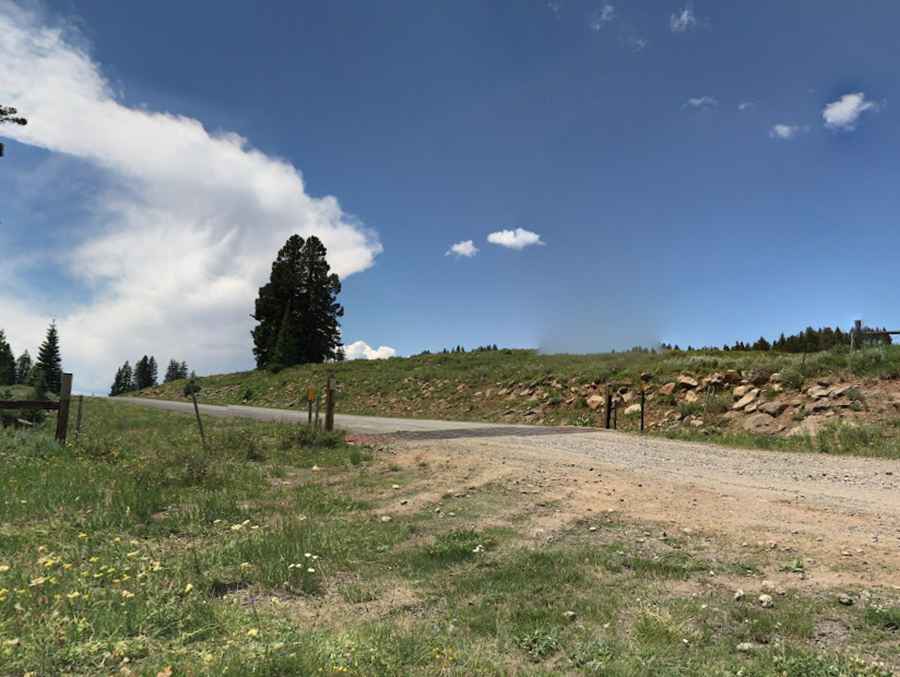Driving the iconic road to Lands End Observatory in Colorado
Lands End Observatory is a high mountain observatory at an elevation of 3.033m (9,950ft) above the sea level, located in Mesa County, in the U.S. state of Colorado.

When was Lands End Observatory built?
Perched on the edge of Grand Mesa's southern side - which holds the title for the largest flat-topped mountain globally - Lands End Observatory is a historic structure. It was constructed by the United States Forest Service in collaboration with the Works Progress Administration between 1936 and 1937. The access road to the observatory was primarily constructed by 200 World War I veterans between 1933 and 1934, and was once fondly referred to as Veterans Road.
Can I drive to Lands End Observatory?
The road leading to the observatory is a mix of gravel and paved sections. It's navigable by most standard passenger vehicles, and there's no pressing need for a 4x4 high clearance vehicle, especially in favorable weather conditions.
How long is the road to Lands End Observatory?
Nestled within the Grand Mesa National Forest, the route to the observatory is called Forest Road 105 and more commonly known as Lands End Road. This journey begins at Colorado State Highway 65 (the Grand Mesa Scenic Byway). The drive extends for 18.50km (11.5 miles). Just past Land's End the road begins a harrowing hairpin-turn descent of 6,000 feet to the valley below.
Is the road to Lands End Observatory open?
Positioned high in Colorado's western region, the road usually remains impassable during winter. Thus, it's recommended to plan your visit outside of the snowy months.
Is Lands End Observatory worth it?
Though the observatory no longer functions for its original purpose, it continues to attract visitors for its breathtaking views. From this vantage point, gaze one way to witness the majestic Book Cliffs stretching into Utah. Turn around, and the San Juan Mountains alongside the Uncompahgre Wilderness unfold before your eyes. Notable landmarks like the Colorado National Monument, Big Dominguez Canyon, Little Dominguez Canyon, Unaweep Canyon, and several 14ers punctuate the horizon.
Pic: Kate Ellis